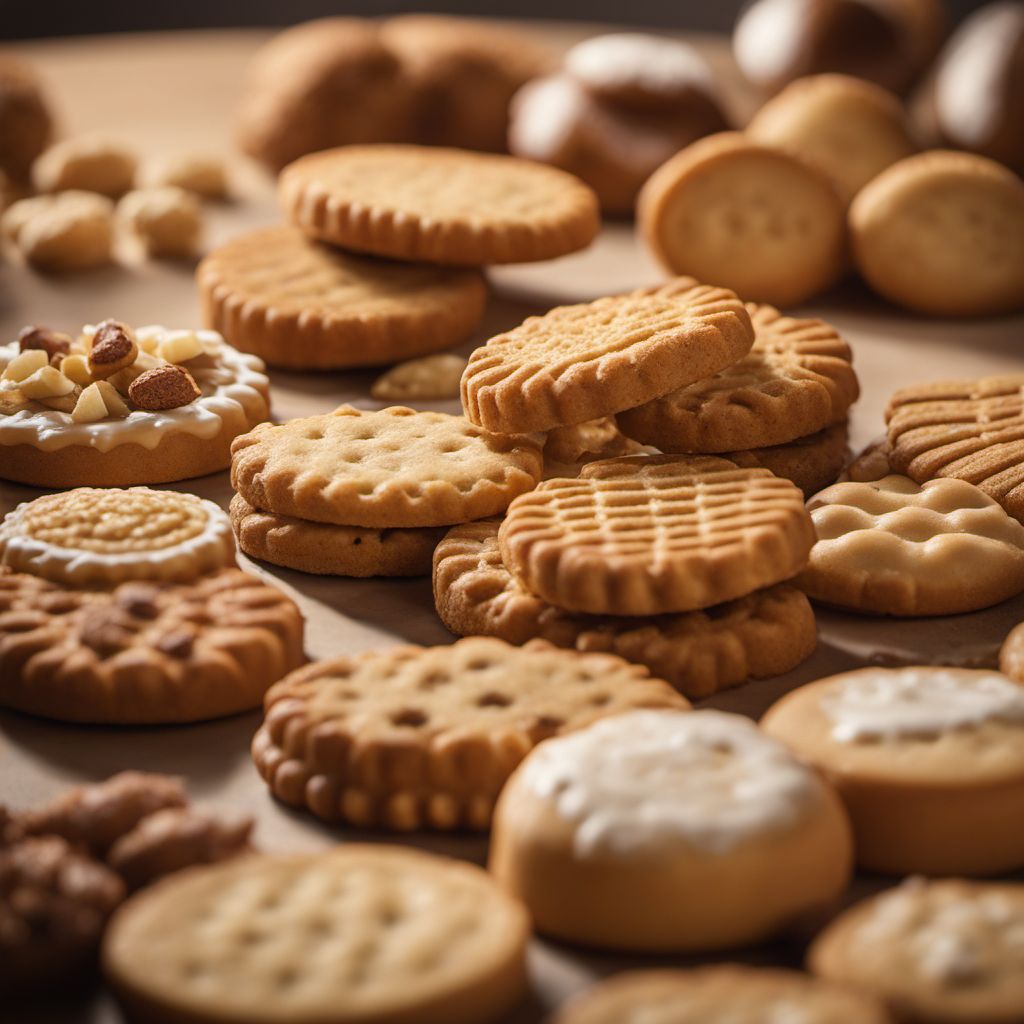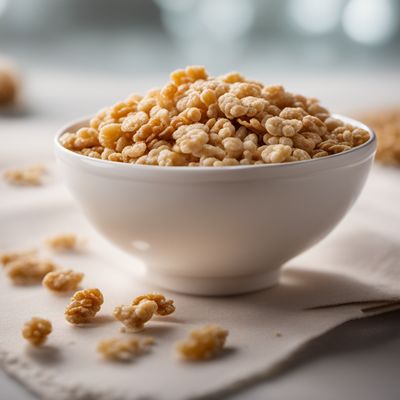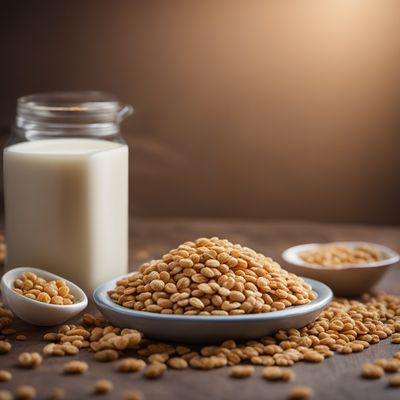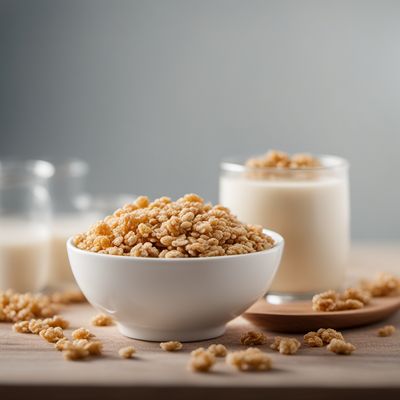
Ingredient
Biscuits, rusks and cookies for children
Delightful Treats for Little Ones
Biscuits, rusks, and cookies for children come in a variety of shapes, sizes, and flavors. They are typically made with ingredients like flour, sugar, butter, and eggs, resulting in a crispy or soft texture depending on the recipe. These treats often feature playful designs or fun fillings, making them visually appealing to children. Whether it's a classic chocolate chip cookie, a buttery rusk, or a colorful animal-shaped biscuit, these treats are sure to bring smiles to little faces.
Origins and history
The tradition of making biscuits, rusks, and cookies for children dates back centuries, with different variations found in cultures around the world. Biscuits, also known as cookies in some regions, have been enjoyed as a snack or dessert for generations. They have become an integral part of many cultural celebrations, such as holidays or birthdays, where they are often served alongside other sweet treats. Over time, recipes have evolved, incorporating new ingredients and techniques to create a wide range of flavors and textures.
Nutritional information
Biscuits, rusks, and cookies for children provide a source of energy and can contribute to a child's daily calorie intake. They often contain carbohydrates, fats, and sugars, which provide quick energy. However, it is important to consume them in moderation as part of a balanced diet.
Allergens
May contain allergens such as wheat, eggs, milk, and nuts. Always check the ingredient list for potential allergens before consumption, especially for children with known allergies.
How to select
When selecting biscuits, rusks, and cookies for children, look for products that are made with high-quality ingredients and have minimal additives or preservatives. Opt for options that use natural sweeteners and whole grains for added nutritional value. Additionally, consider the packaging and ensure it is intact to maintain freshness.
Storage recommendations
To maintain the freshness and quality of biscuits, rusks, and cookies, store them in an airtight container or resealable bag at room temperature. Avoid exposing them to direct sunlight or moisture, as it can affect their texture and taste. If necessary, refrigerate or freeze them to extend their shelf life.
How to produce
Baking biscuits, rusks, and cookies for children can be a fun and rewarding activity. With simple recipes available online or in cookbooks, amateur bakers can create homemade treats using basic pantry ingredients. From shaping the dough to decorating the finished product, involving children in the process can make it even more enjoyable.
Preparation tips
To prepare biscuits, rusks, and cookies for children, follow the recipe instructions carefully, ensuring accurate measurements and proper mixing techniques. Consider adding fun elements like colorful sprinkles, chocolate chips, or dried fruits to enhance the visual appeal. Baking times may vary, so keep an eye on the treats while they are in the oven to achieve the desired level of crispness or softness.
Culinary uses
Biscuits, rusks, and cookies for children are versatile treats that can be enjoyed on their own or incorporated into various desserts. They can be crumbled and used as a base for cheesecakes or pie crusts, crushed and sprinkled over ice cream, or dipped in milk for a classic snack. These treats are also commonly served at children's parties or as part of a dessert platter.
Availability
Available worldwide, biscuits, rusks, and cookies for children can be found in grocery stores, supermarkets, and specialty bakeries. They are often produced by both large-scale manufacturers and local artisans, offering a wide range of options to choose from.
More ingredients from this category

Pasta for children (dry, to be cooked)
Kid-Friendly Noodles

Cereals with an added high protein food reconstituted
Protein-Packed Cereal Powerhouse

Simple cereals which have to be reconstituted with milk or other appropriate nutritious liquids
The Power of Reconstituted Cereal: A Wholesome Morning Meal

Simple cereals for infants or children, reconstituted
Nourishing Start for Little Ones

Cereals with an added high protein food which have to be reconstituted with water or other protein-free liquid
Protein-Packed Cereal Powerhouse